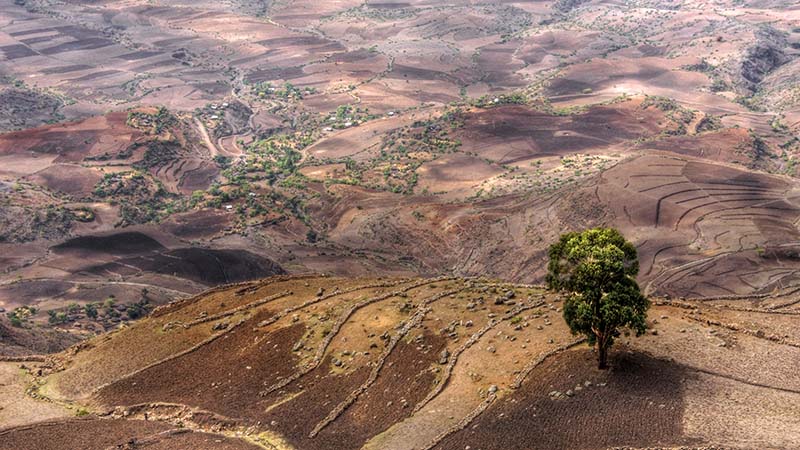

OCW Saving the ozone layer from India Project BrochureĮach project goes through a strict vetting process and is directly overseen by the United Nations. This directly supports the mitigation of water and natural resources scarcity in and around the project area. Moreover, this project contributed to the construction of water management structures like check dams. The remainder of our carbon credits for 2019 supports wind energy projects in India.įor 2020 our carbon credits are linked to a project in India that results in significant reductions of GHG emissions by converting HFC (hydrofluorocarbon) gases into substances with no or lower global warming potential. The project is also certified by the FSC (ensuring fair wages, sustainable forest management, etc.), and the carbon credits generated by this project have been retired by VERRA, the world’s largest environmental registry.

This project lasts for 100 years, covers 18,000 hectares, and is verified by the Rainforest Alliance. With the carbon credits bought in 2019 we supported La Pitanga / Weyerhaeuser – a reforestation project in Uruguay, South America. With these verified carbon credits (VERs) various project arounds the world can be financially supported. However, not all OECD countries are net-importers of carbon and similarly, not all non-OECD economies are net-exporters.Based on validated emission figures, carbon credit certificates are issued. Total production and consumption based CO 2 emitted by OECD and non-OECD countries OECD net-imports grew from 1995 to reach a peak in 2006 and, ever since, have been gradually declining. OECD net-imports are non-OECD net-exports of embodied carbon. Note that the shaded blue area (OECD net imports) and green area (non-OECD net exports) have the exact same size, i.e. While the OECD countries, in total, are net-importers of embodied carbon (the solid blue line representing demand-based emissions is above the dashed blue line representing production-based emissions), non-OECD countries, as a whole, are net-exporters. The difference between production-based and demand-based carbon emissions is highlighted in the graph below. Source: OECD (2021), CO 2 emissions embodied in international trade. Total production and consumption based CO 2emissions by top 6 emitters However, even though China’s per capita demand for CO 2 emissions increased 3 times in 2018, when compared to 1995, US per capita demand in 2018 was still 2.8 times higher than that of China. China has the highest absolute emissions from both a demand and a production perspective. While, since 1995, both production and consumption of emissions have fallen in Japan, Germany and the European Union, there has been a significant increase in China and India. The six largest producers and consumers countries of CO 2 emissions in 2018 were China, United States, India, the Russia Federation, Japan and Germany the European Union (EU27_2020) is also included for reference. Between 20, global emissions of CO2 from industry and the production of energy were essentially stable while the global economy grew modestly - but in 2017 these emissions went up by. Note: In case of issue when downloading, right-click and select "save as". Country origin of emissions in final demand.Per capita emissions production and demand-based.CO 2 emissions embodied in domestic final demand (i.e.CO 2 emissions based on production (i.e.Indicators presented in TECO 2 database include: The aim is to provide policy makers with new insights into the environmental impacts of global production systems. At a country level, Ethiopias Climate Resilient Green Economy Strategy (CRGE) estimates that national emissions from transport will grow from around 5 Mt CO2.

The Trade in embodied CO 2 (TECO 2) database presents a set of indicators to reveal patterns of CO 2 demand compared to CO 2 production (via resident industry or household emissions). thesis hawi abera teka hawassa unversity, wondo genet, ethiopia may, 2019. Methodology and results: CO 2 emissions embodied in international trade and domestic final demand (Yamano and Guilhoto 2020, ) carbon dioxide emission reduction: the case of sayo woreda, oromia, western ethiopia.The OECD Inter-Country Input-Output (ICIO) database, when combined with statistics on CO 2 emissions from fuel combustion and other industry statistics, can be used to estimate demand-based carbon dioxide emissions. That is, the distribution across economies of final demand ( household consumption and industry investment) for embodied carbon that has been emitted anywhere in the world, along global production chains. Green growth and sustainable development.


 0 kommentar(er)
0 kommentar(er)
